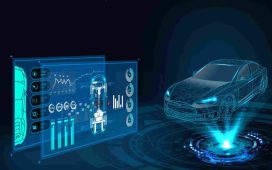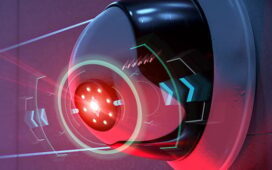Neural networks, driven by nudifier technology, are revolutionizing image undressing by employing sophisticated algorithms to analyze and manipulate images with precision. Through extensive training on large datasets, these networks learn to accurately detect and remove clothing or unwanted elements from images. Their deep learning capabilities enable them to recognize intricate patterns and features associated with clothing, facilitating precise undressing tasks.
Moreover, neural networks continually refine their skills over time, adapting and improving their accuracy with each iteration. As a result, they have become indispensable tools in various applications, including content moderation, privacy protection, and virtual fitting rooms. With the ongoing advancements in deep nude technology, the future holds even greater potential for innovative solutions in image undressing and beyond.
Nudify’s Top Features: Unleashing AI-Powered Image Editing
- Advanced Algorithms: Nudify utilizes cutting-edge AI algorithms for precise image modifications, ensuring seamless and accurate transformations of free deepnude.
- Real-Time Processing: Experience fast and efficient editing with real-time processing capabilities.
- Customization Options: Tailor your editing preferences with adjustable filters and settings.
- Seamless Integration: Seamlessly integrates into your existing workflow, enhancing efficiency.
- Versatile Applications: From social media content to e-commerce product images, Nudify offers diverse editing possibilities.
AI Undressers: Staying Ahead of the Curve with Continuous Updates
In the rapidly evolving landscape of AI undressers, staying updated with the latest advancements is crucial. These technologies employ sophisticated algorithms to analyze and modify images accurately. Continuous updates ensure that remain effective in detecting and removing clothing or other unwanted elements from images.
By incorporating new data and refining algorithms, developers enhance the performance and reliability of these tools. Additionally, updates may introduce new features or improvements to user interfaces, enhancing usability and efficiency. With each update, evolve to meet the growing demands and challenges of image processing tasks. This commitment to innovation ensures that users can rely on to deliver consistent and high-quality results.













